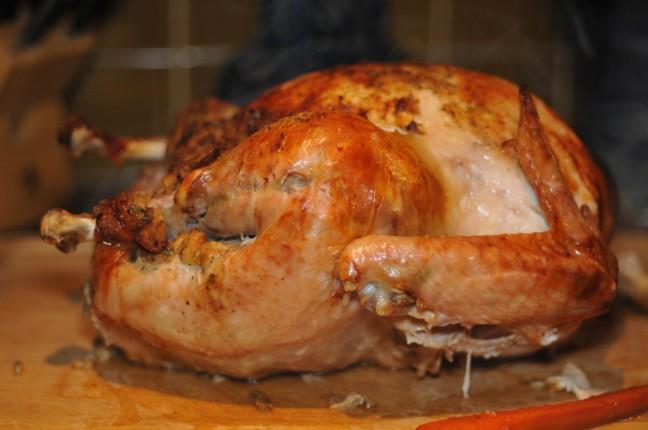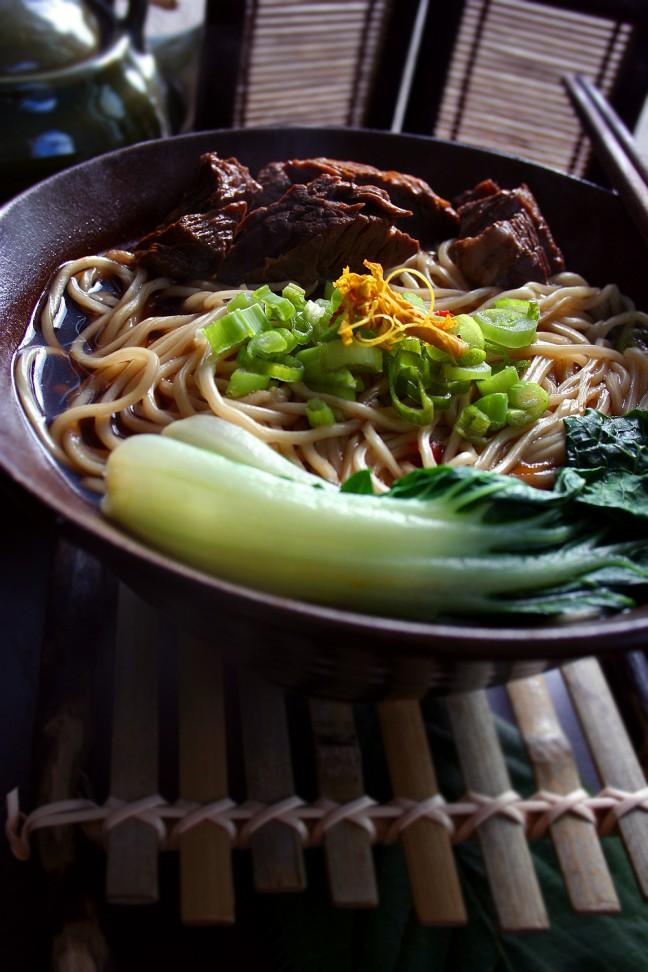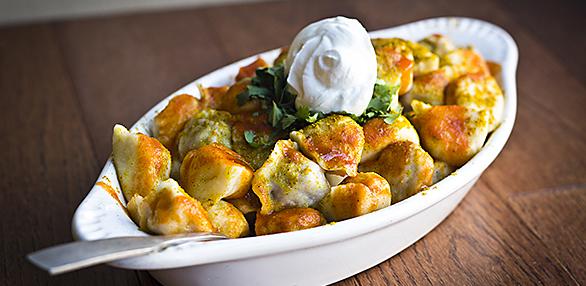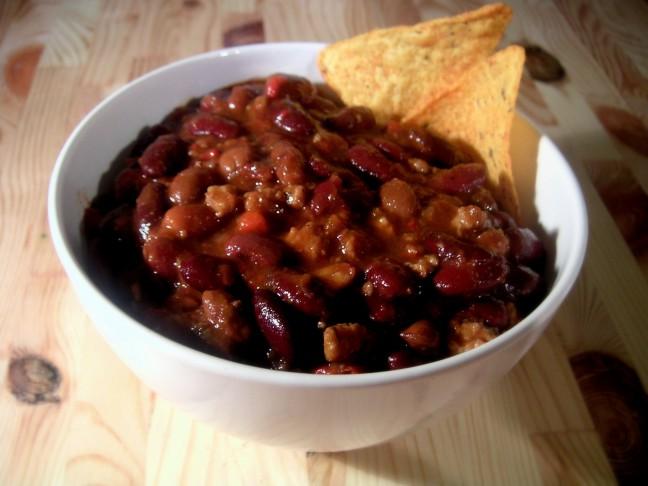What? Didn’t think you had any assumptions about pie? Think again.
For many of us, pies are a sweet dish synonymous with the holiday season. Think of your family’s traditional Thanksgiving or (insert religious holiday here) spread, and often a pie or two will be part of that picture. Golden caramelized pecans, toasted lemon meringue peaks, bright red cherries peeking through a lattice of flaky brown pastry, delicate chocolate curls on a bed of pillowy white French silk topping … that’s pie, right?
Well, according to “History of Pie” – on the extremely reliable resource www.whatscookingamerica.net – when pies first appeared in the Middle Ages, they were actually just vessels used to keep food fresh. Often, the crusts themselves were inedible.
“For hundreds of years,” the pie historians say, “it was the only form of baking container used, meaning everything was a pie.”
If that last little tidbit doesn’t blow your mind, I don’t know what will. But before you freak out at your upturned pie universe, keep in mind things have changed a little bit since then.
Thanks to the refrigerator, we no longer need to use pies for food storage. That being said, in today’s culinary world, a pastry need only have a crust to qualify as a pie. This means what we think of as “pie” is actually only a small segment of the wider pie community.
Foods technically labeled “pie” include savory dishes like pot pie, mincemeat pie and even pizza. We may come across a few surprises even in the sweet category; cheesecake is technically a pie as well. And, of course, pies need not be round. Bake an apple pie in an 8-by-8 pan, and you can still call it a pie without fear of vocal retribution – always a concern, I know.
Pies don’t have to be restricted to the cooler holiday months, either. Two classic examples are rhubarb and peach pies, which are best eaten during the summer. As for spring, a light lemon meringue or key lime goes perfect with the blooming weather.
Now that we’ve undone some of our assumptions about pie, let’s focus on the merits of some traditional pie favorites.
This past weekend, I got together with some fellow foodies for pie tasting. The subjects included members of the three main dessert pie groups: fruity, creamy and fruity-creamy. Didn’t know there were dessert pie groups? Well, there aren’t. But it’s my column, so I’ll group my pies how I want.
In the “fruity” category, we had apple and cherry. In the “creamy” category, we had a French silk pie, and in the “fruity-creamy” category, we had banana cream.
It wouldn’t be fair to compare these very different pies against one another. Instead, it’s better to discuss the merits of each.
If you’ve never had French silk pie, prepare yourself for an explosion of creamy, rich, dense, chocolate flavor. Although many members of the tasting cited it as one of their favorite pies, they also noted it was difficult to get through the whole slice – I had no difficulty polishing off two, but I guess that’s my problem.
While not as intense as that of the French silk, the flavor of the banana cream pie was light, smooth and delicate, which many of the tasters found refreshing.
Plus, you just can’t beat a deliciously sandy graham cracker crust.
And just as its namesake red baubles like to stand alone on top of ice cream, cherry pie shines bright just on its own. From the flaky golden crust to the bright tart filling, this dish represents a composite of well-balanced dessert perfection.
Some pies, however, work better when paired with something else. For instance, a slice of warm, gooey apple pie undeniably goes better next to a dollop of vanilla ice cream.
A hallmark of old family recipes, apple seems to be the pie that many people hold most dear. It’s impossible to crown a pie king, but if we had to, in the end it would have to go to this bastion of American culinary tradition.
Sam Stepp is a senior majoring in journalism. Email recipes, suggestions or comments to [email protected].











